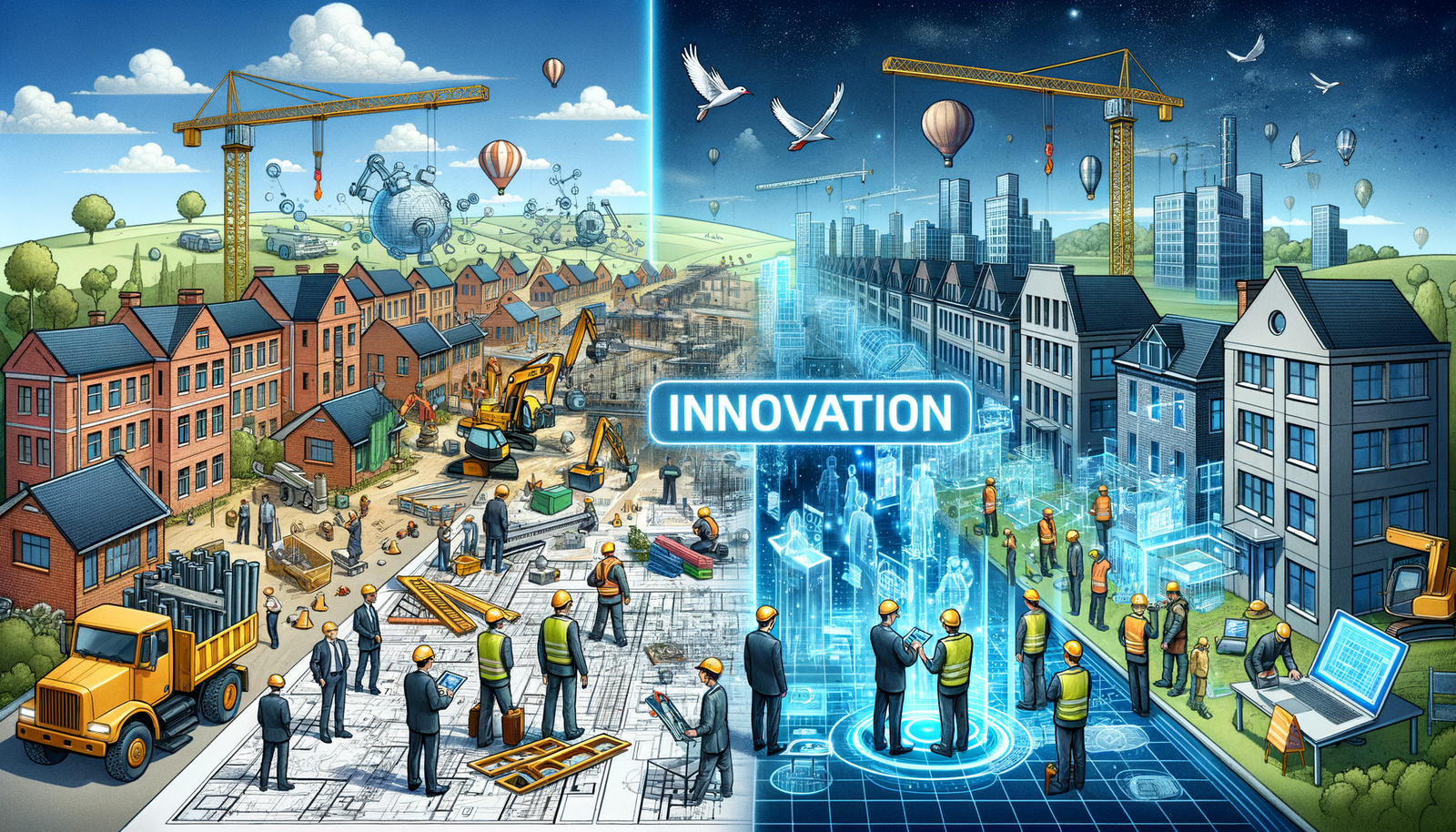Your Cart is Empty
Customer Testimonials
-
"Great customer service. The folks at Novedge were super helpful in navigating a somewhat complicated order including software upgrades and serial numbers in various stages of inactivity. They were friendly and helpful throughout the process.."
Ruben Ruckmark
"Quick & very helpful. We have been using Novedge for years and are very happy with their quick service when we need to make a purchase and excellent support resolving any issues."
Will Woodson
"Scott is the best. He reminds me about subscriptions dates, guides me in the correct direction for updates. He always responds promptly to me. He is literally the reason I continue to work with Novedge and will do so in the future."
Edward Mchugh
"Calvin Lok is “the man”. After my purchase of Sketchup 2021, he called me and provided step-by-step instructions to ease me through difficulties I was having with the setup of my new software."
Mike Borzage
Next-Generation BIM: Revolutionizing Efficiency and Collaboration in Construction Design
June 25, 2024 2 min read


Introduction to Next-Generation BIM
The concept of Building Information Modeling (BIM) has evolved markedly since its inception, transitioning from simple digital representations of buildings to comprehensive, interactive databases that encapsulate the entire lifecycle of a structure. This evolution has paved the way for the emergence of Next-Generation BIM, which introduces enhanced interoperability and intelligent modeling capabilities, setting new benchmarks for efficiency, collaboration, and innovation in the construction and design industry.
Enhanced Interoperability in BIM
Interoperability, the ability of different software and systems to communicate and exchange data seamlessly, is crucial in the fragmented environment of modern construction and design projects. Despite its importance, the industry has long grappled with challenges related to interoperability among various BIM software.
Next-Generation BIM aims to address these challenges head-on, introducing:
- Improved data exchange formats and protocols that ensure smooth and accurate transfer of information across different platforms.
- Case studies and real-world applications that demonstrate successful interoperability implementation, highlighting the tangible benefits of these advancements.
Intelligent Modeling in Next-Generation BIM
At the heart of Next-Generation BIM is intelligent modeling, a process that leverages AI and machine learning to imbue BIM models with predictive capabilities and automated functionalities. This approach not only enhances the accuracy and detail of the models but also revolutionizes how architects, engineers, and construction professionals approach design and construction projects.
Intelligent modeling facilitates:
- Predictive analysis and automated clash detection, enabling teams to anticipate and mitigate potential issues before they escalate.
- Enhanced decision-making through real-time simulation and visualization, offering a dynamic and interactive tool for exploring different design and construction scenarios.
The Future of Construction and Design with Next-Generation BIM
The integration of Next-Generation BIM technologies is set to redefine the construction and design landscape. As we look toward the future, we anticipate continued advancements in BIM technology that promise to further enhance collaboration, sustainability, and efficiency across the industry. However, the adoption of these technologies also presents challenges, including the need for comprehensive training and the standardization of new data formats.
In conclusion, Next-Generation BIM holds transformative potential for architects, engineers, and construction professionals. Emphasizing collaboration, sustainability, and efficiency improvements, this new paradigm offers a glimpse into a future where construction and design processes are more integrated, intelligent, and responsive to the needs of all stakeholders.
Also in Design News

Bluebeam Tip: Best Practices for Archiving Projects with Bluebeam Software
June 28, 2024 2 min read
Read More
Exploring the Revolutionary Impact of Digital Twins on Engineering and Construction
June 28, 2024 3 min read
Read MoreSubscribe
Sign up to get the latest on sales, new releases and more …



